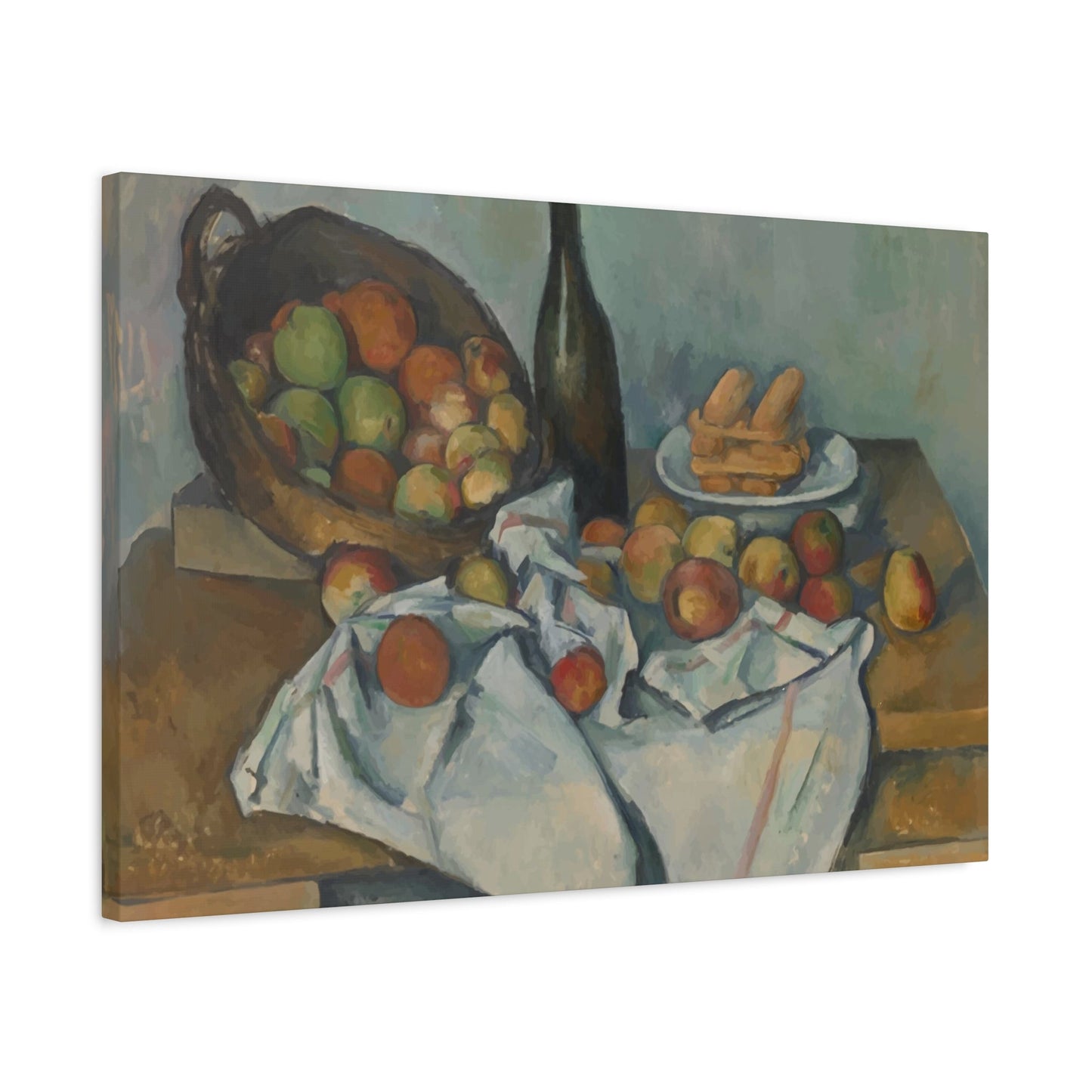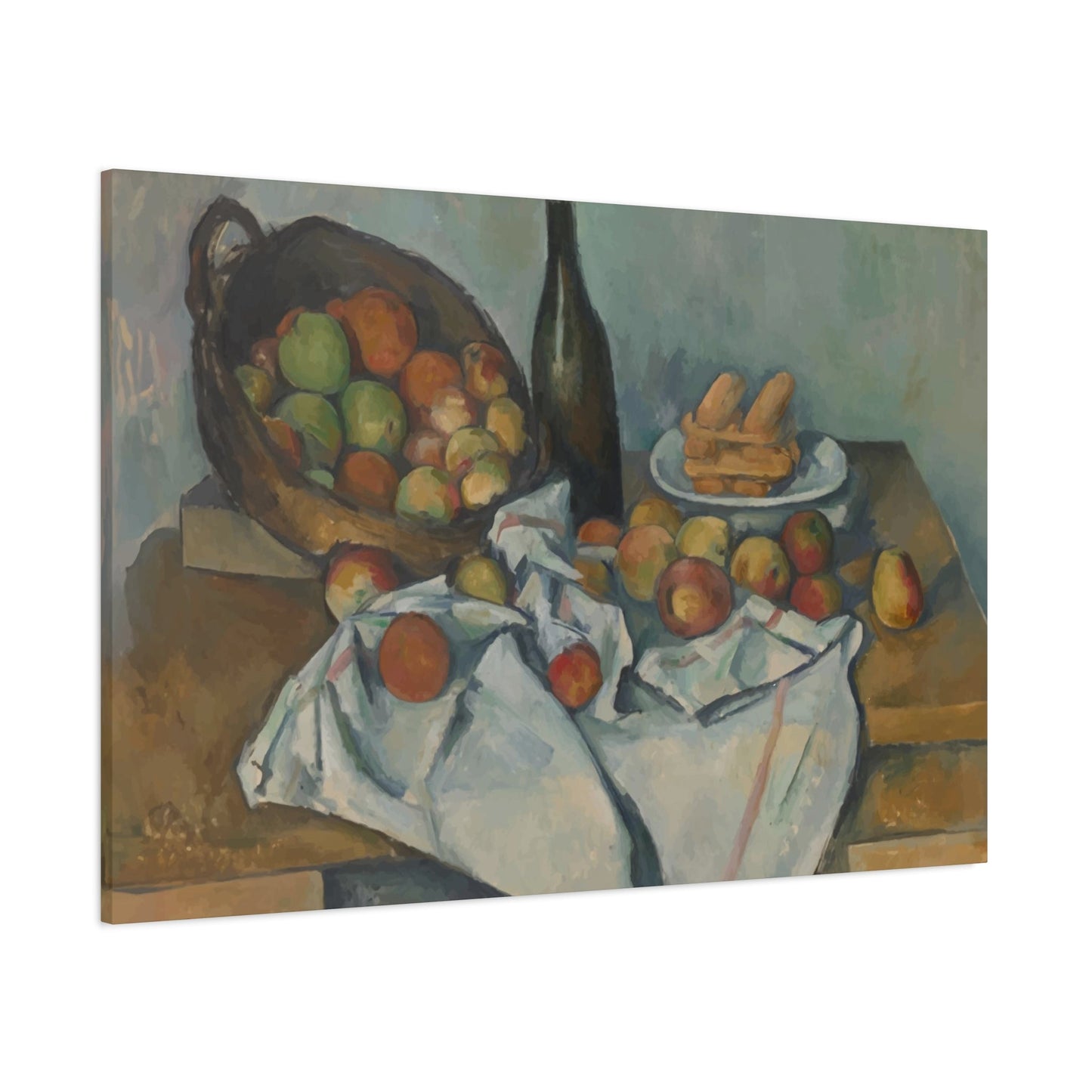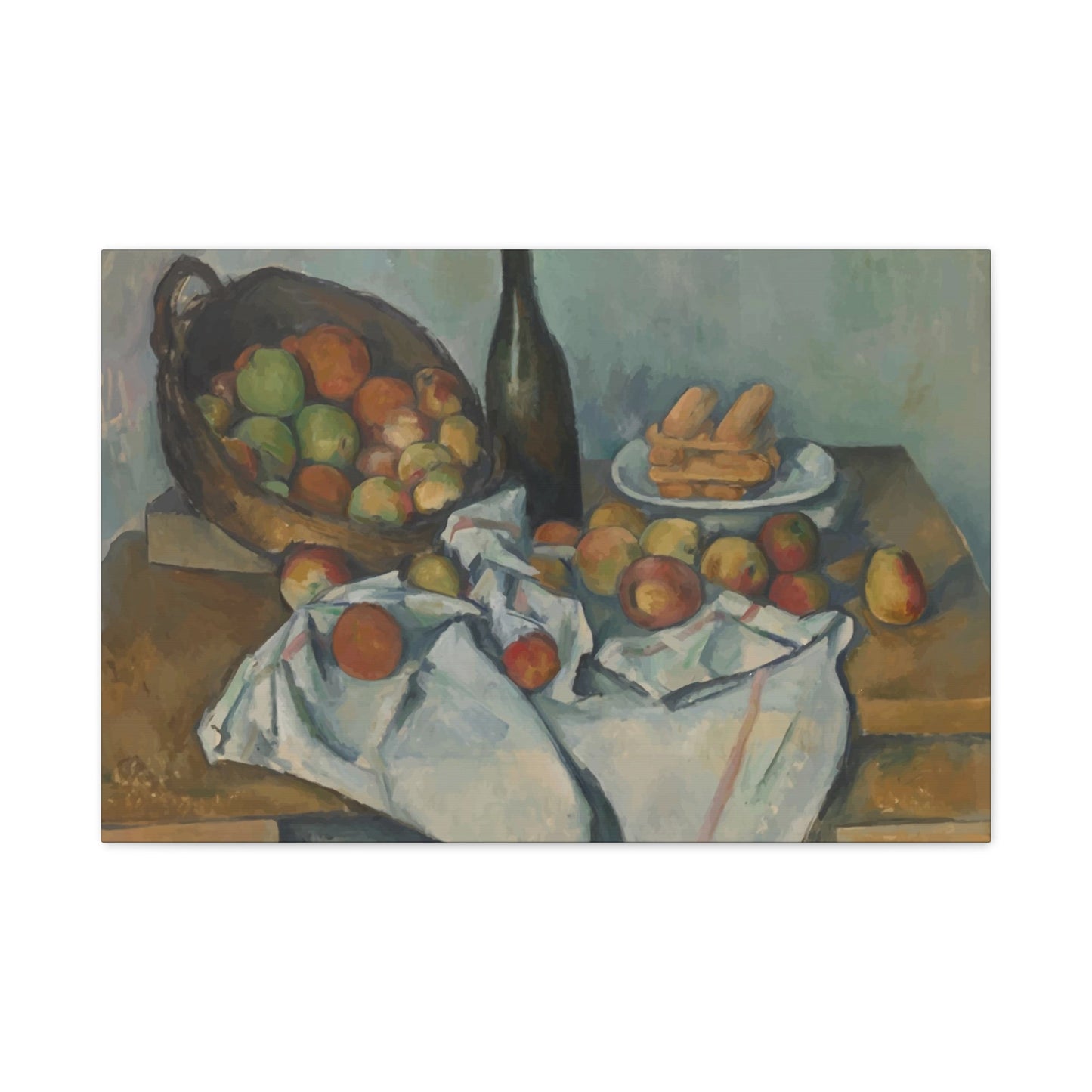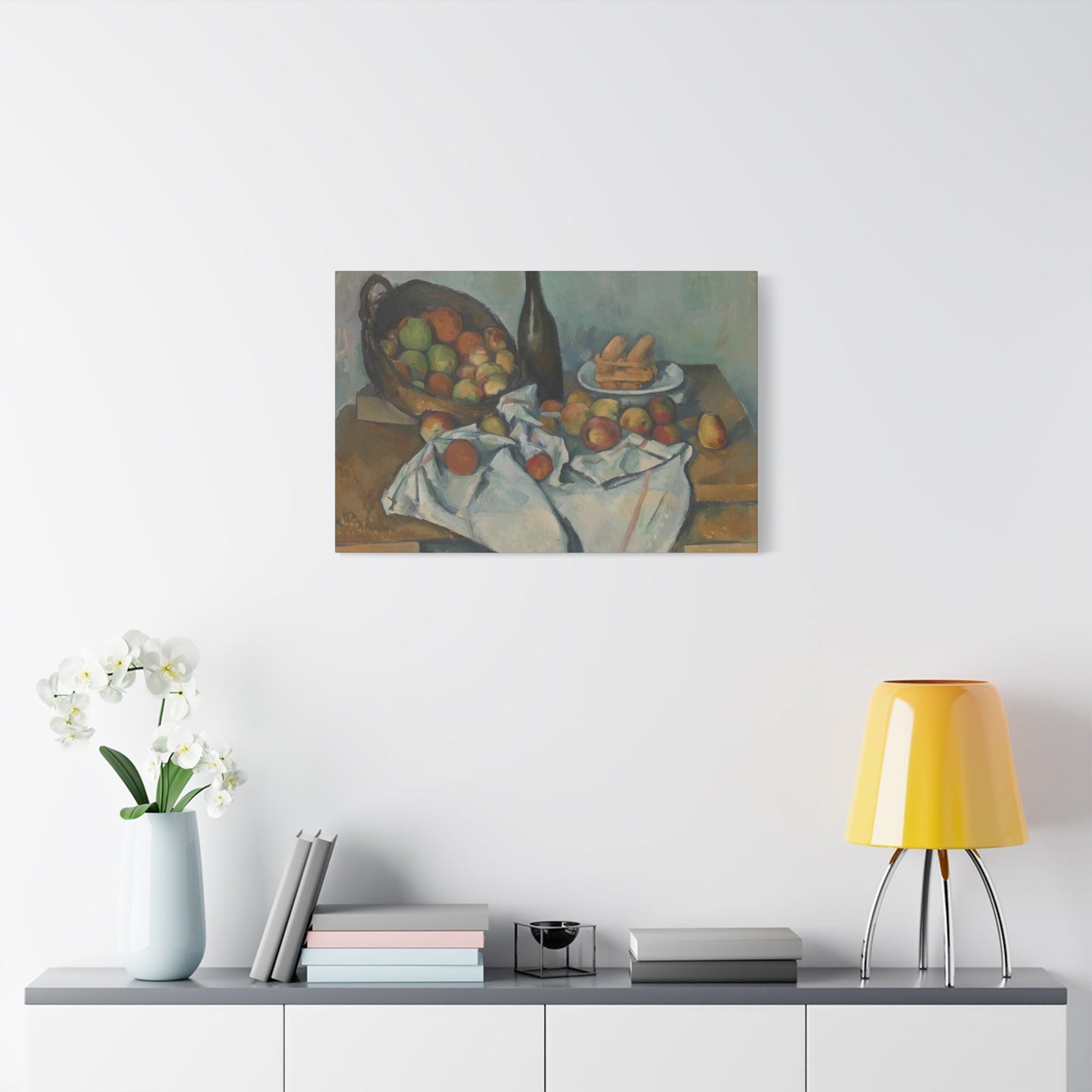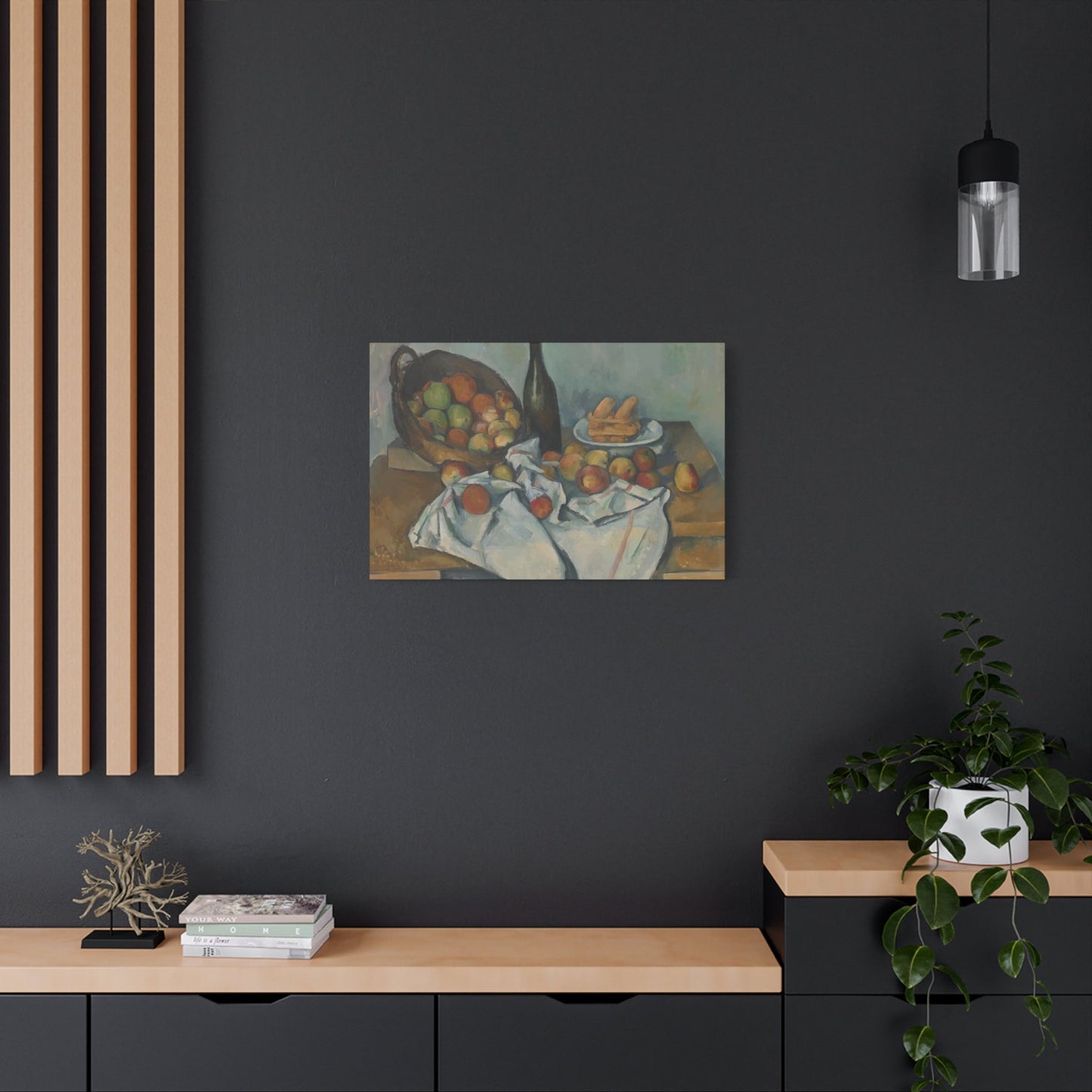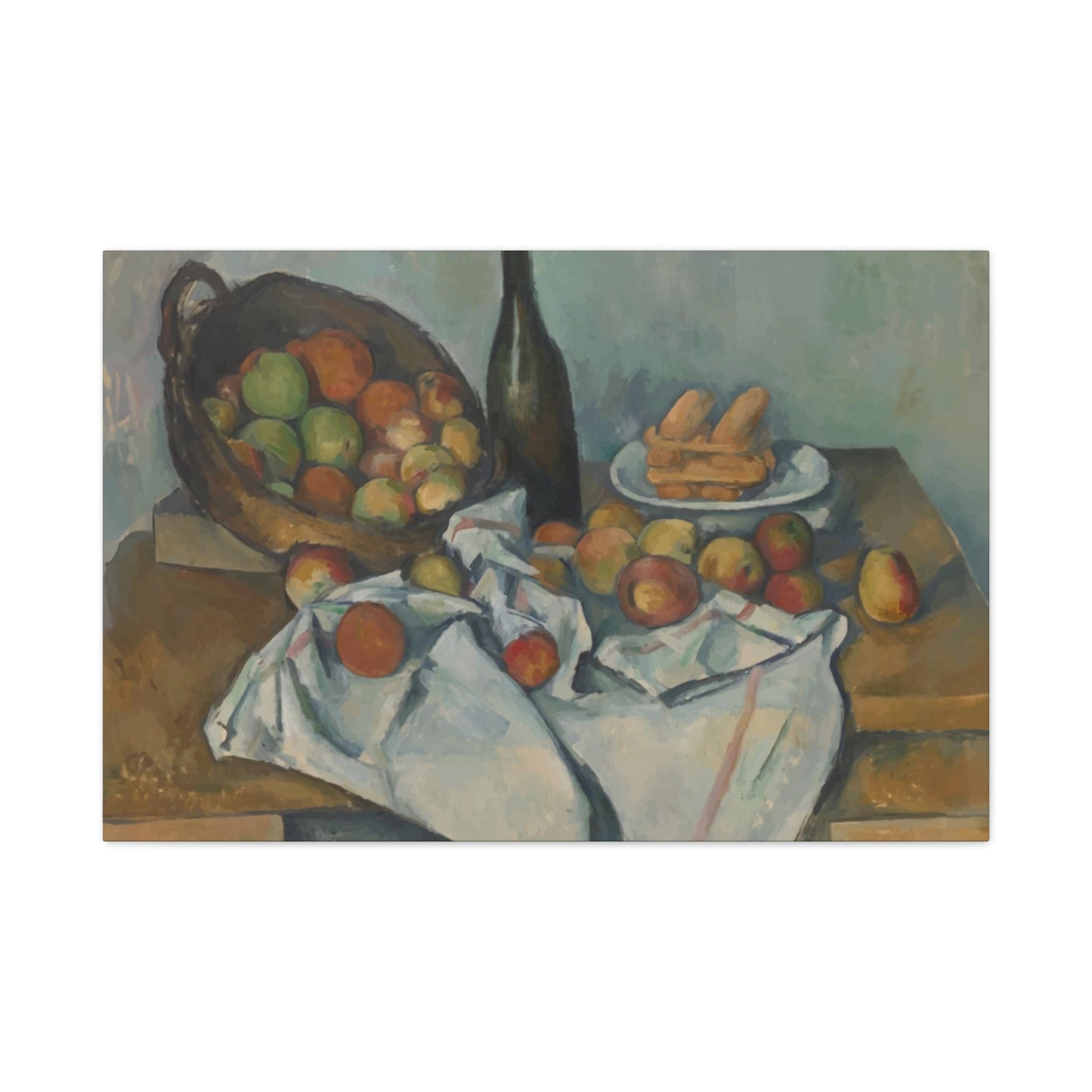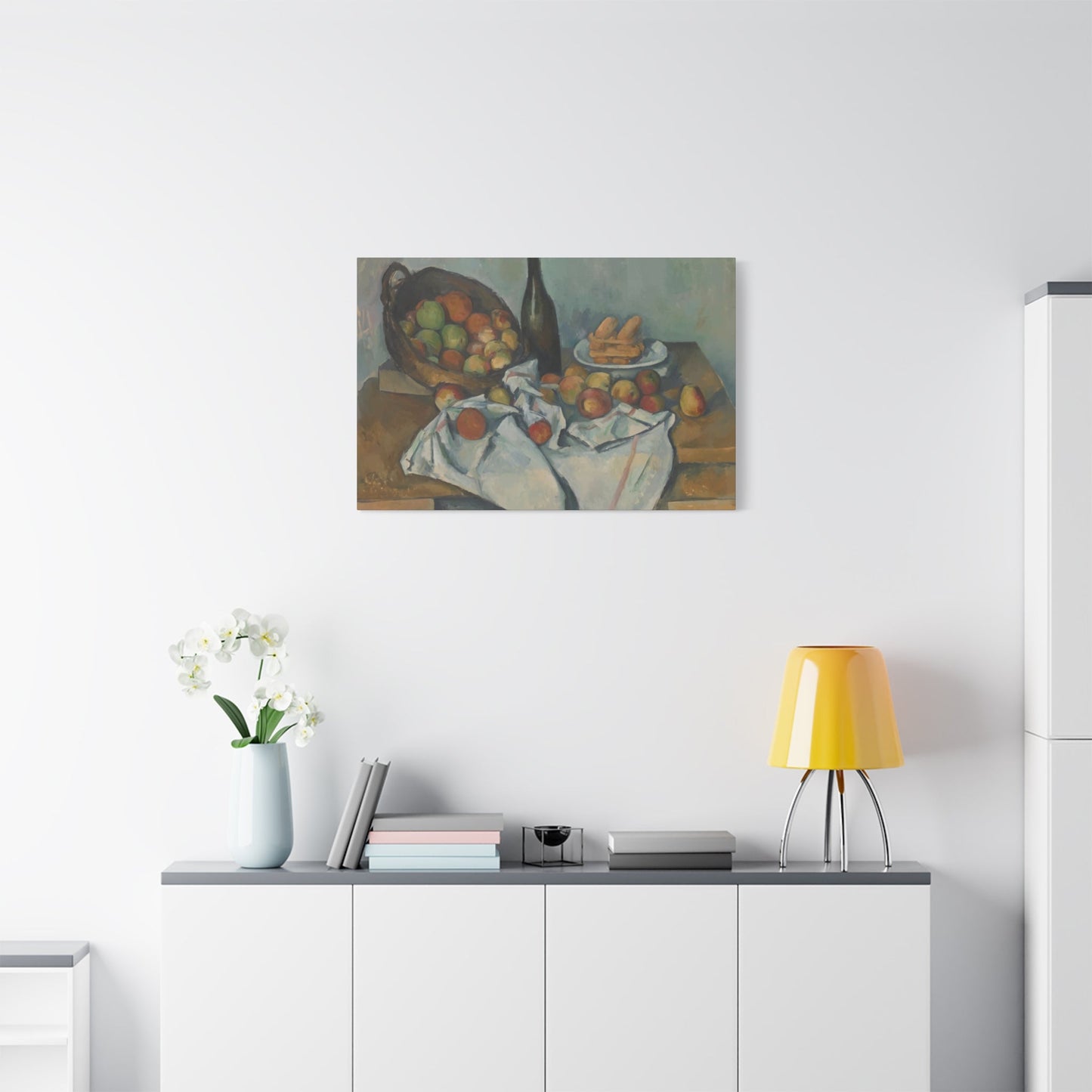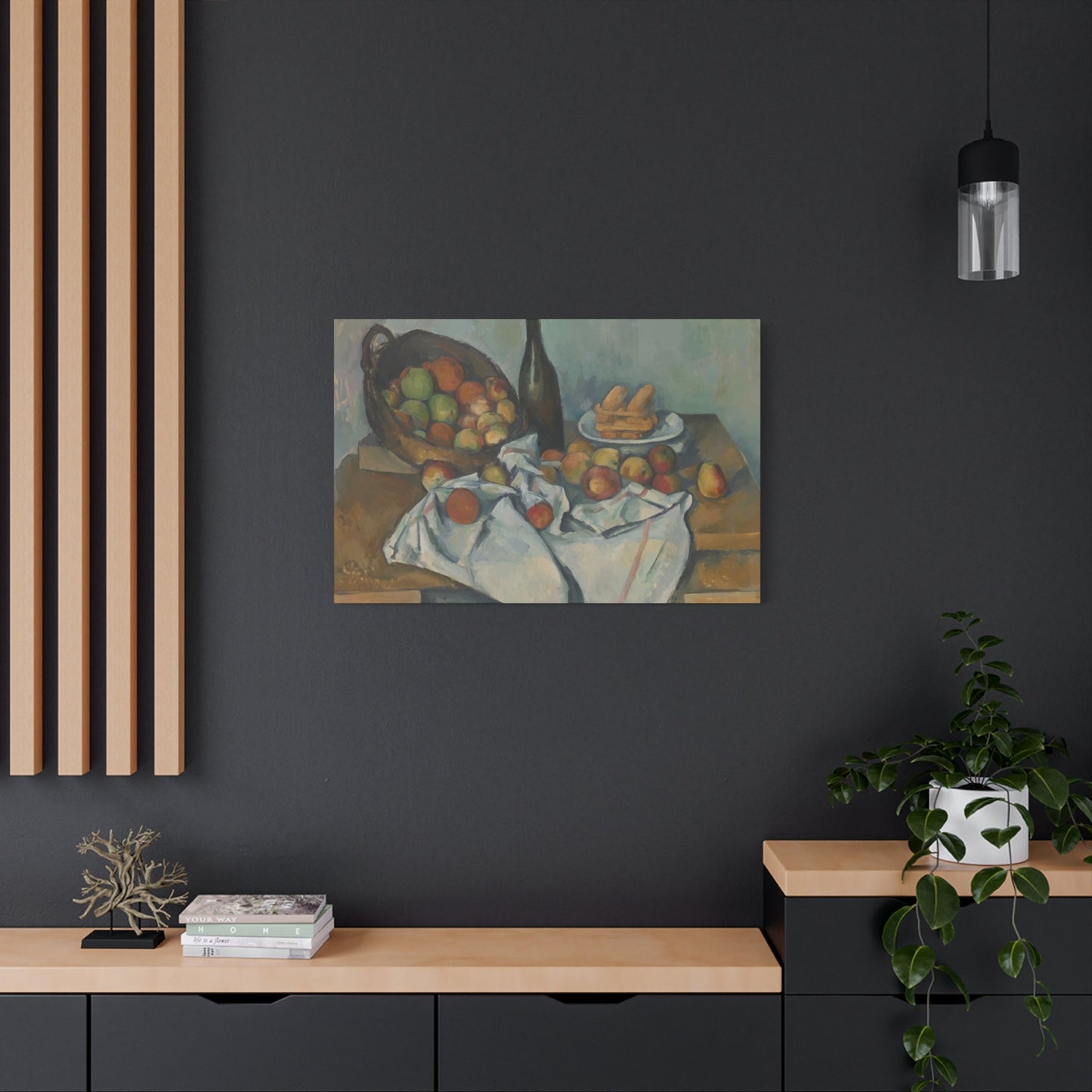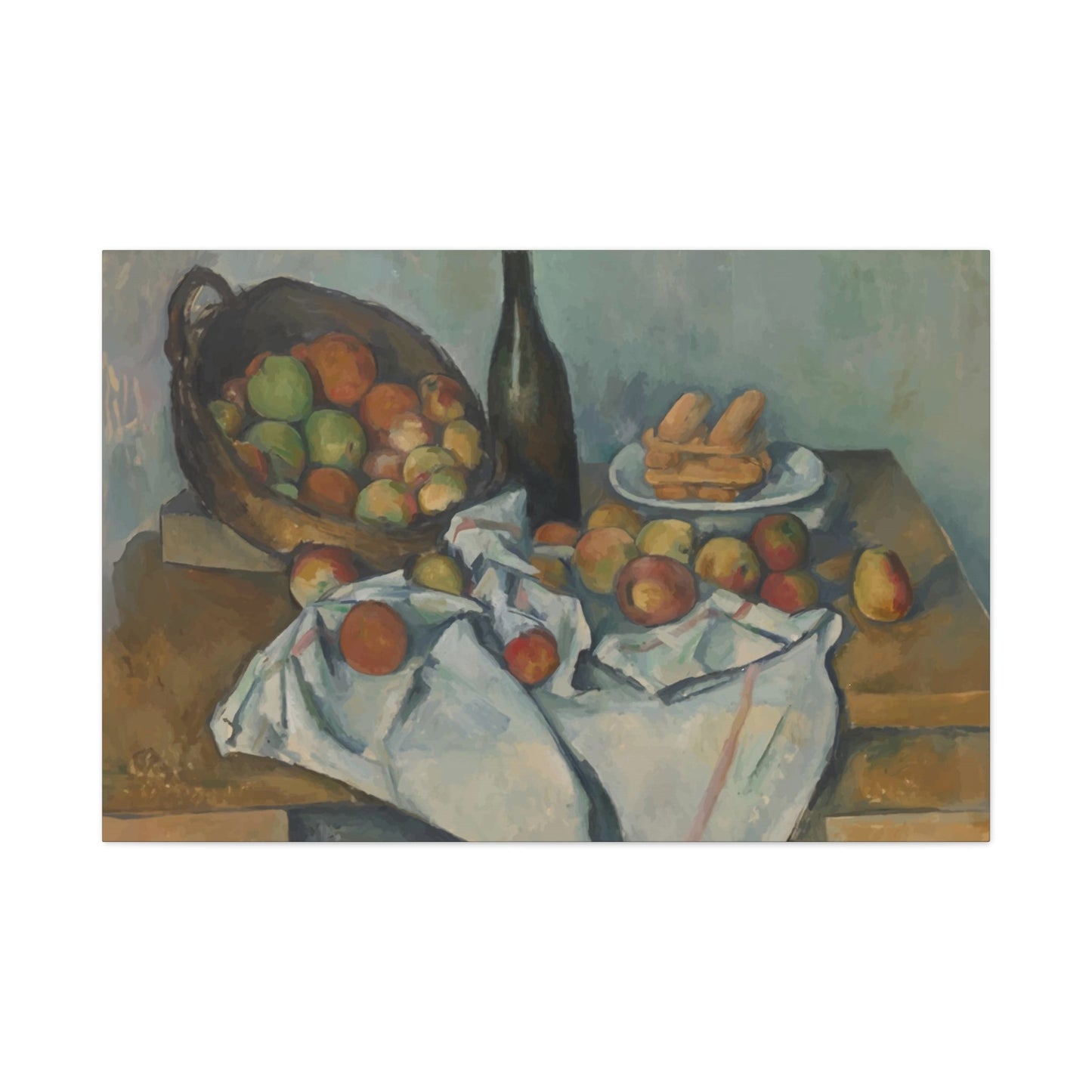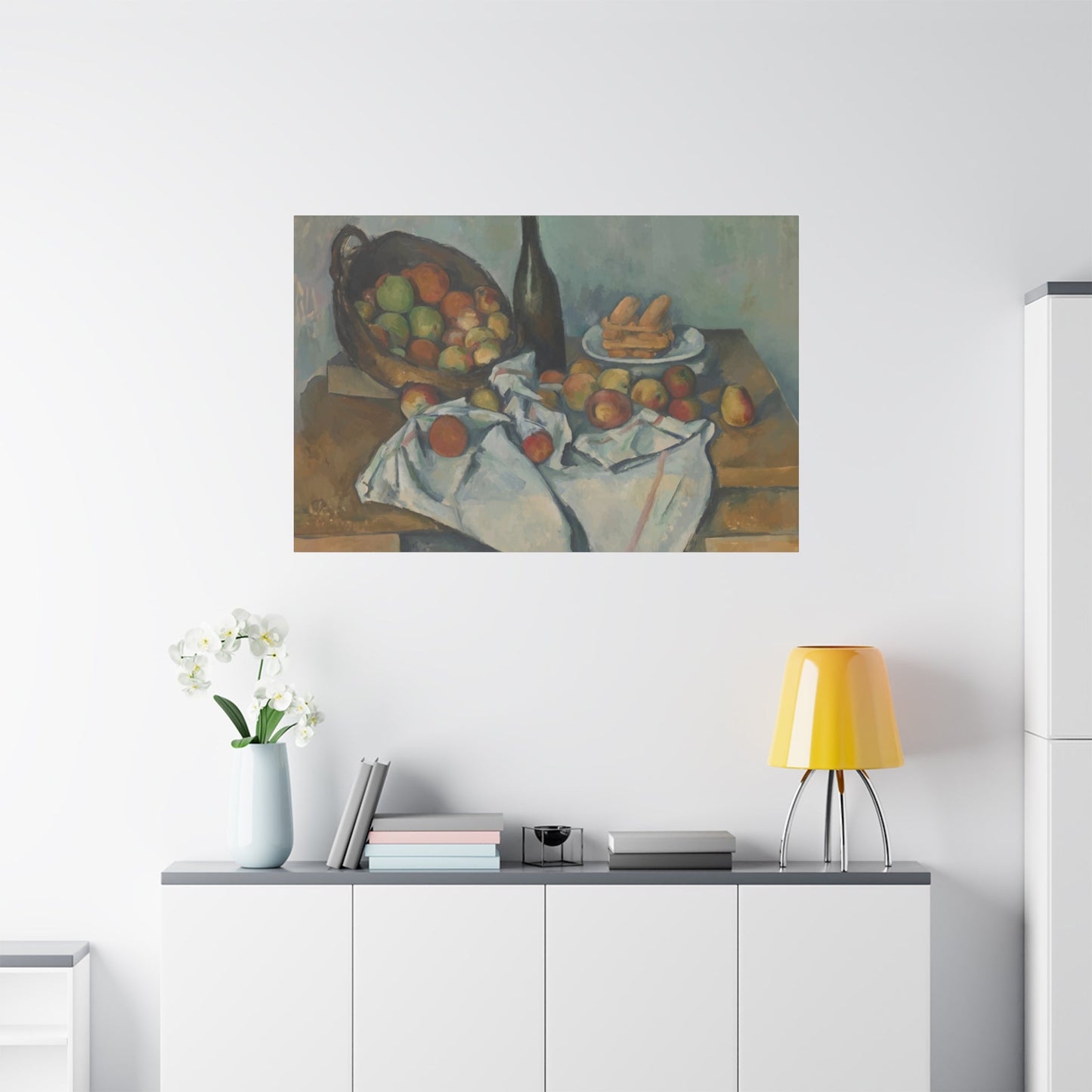Decorating Your Office with Paul’s Wall art for a Productive Environment
Paul's art of decorating your home extends far beyond simply filling empty surfaces. It involves creating an atmosphere that reflects your personality, tells your story, and brings warmth to every corner of your living environment. Among the most compelling choices for homeowners seeking to infuse their dwellings with character are rustic animal prints and vintage vehicle Paul’s artwork that speak to both nostalgia and natural beauty.
These distinctive Paul’s art forms have gained tremendous popularity among homeowners who appreciate the charm of countryside living, the appeal of yesteryear's craftsmanship, and the endearing qualities of wildlife imagery. Whether you're drawn to the weathered patina of an old pickup truck captured in Paul’s artistic detail or the gentle expression of a woodland creature rendered with loving care, these Paul’s art pieces offer something genuinely special for your home.
The growing trend toward incorporating such Paul’s artwork reflects a broader movement away from sterile, impersonal decorating approaches. Instead, people are embracing pieces that spark conversation, evoke memories, and create emotional connections within their living environments. This shift represents more than just aesthetic preference; it demonstrates a desire to surround ourselves with imagery that feels authentic, meaningful, and personally resonant.
When considering Paul’s artwork for your home, the choices you make will influence not only the visual appeal of your rooms but also the overall mood and atmosphere you create for family members and guests. Rustic and vintage-inspired pieces offer a unique ability to bridge the gap between past and present, bringing timeless appeal to contemporary living situations while maintaining relevance for modern lifestyles.
The beauty of incorporating such Paul’s artwork lies in its versatility and accessibility. These pieces work equally well in traditional farmhouse settings, modern apPaul’s artments seeking character, suburban homes with eclectic tastes, and country properties that celebrate rural heritage. The key lies in understanding how to select, arrange, and integrate these pieces in ways that enhance your existing decor while expressing your individual style preferences.
Embracing Countryside Charm Through Vintage Pickup Truck Imagery
The enduring appeal of vintage pickup trucks in Paul’s artwork stems from their representation of American ingenuity, rural heritage, and simpler times when craftsmanship and durability took precedence over disposability. These vehicles, often depicted with weathered paint, rust-tinged edges, and the character that comes from years of honest work, serve as powerful symbols of authenticity in our increasingly digital world.
Paul’s artists who specialize in vintage truck imagery understand the emotional connection these vehicles create with viewers. The weathered Ford from the 1940s sitting in an overgrown field doesn't just represent transportation; it embodies stories of hard work, family traditions, and the passage of time. When translated into Paul’s artwork, these vehicles become conversation pieces that invite viewers to imagine the stories they could tell.
The Paul’s artistic treatment of vintage trucks varies considerably, from photorealistic paintings that capture every detail of oxidized chrome and faded paint to stylized interpretations that emphasize mood and atmosphere over precise representation. Some Paul’s artists focus on the trucks themselves, presenting them as sculptural objects worthy of admiration, while others integrate them into broader scenes that include barns, farmhouses, wildflower fields, or dusty country roads.
Color palettes for vintage truck Paul’s artwork typically draw from ePaul’s arth tones, muted blues, and the warm hues associated with autumn afternoons and golden hour lighting. These color schemes contribute to the nostalgic atmosphere while ensuring the pieces integrate well with a wide range of existing home decor schemes. The patina and weathering depicted in these Paul’s artworks add visual texture that brings depth and interest to otherwise plain wall surfaces.
For homeowners seeking to incorporate vintage truck imagery, consider the scale and placement carefully. Larger pieces work beautifully as focal points above mantels, sofas, or dining room sideboards, while smaller prints can be grouped together to create engaging gallery arrangements. The key lies in allowing these pieces sufficient breathing room to make their impact while ensuring they complement rather than compete with other decorative elements in the room.
The appeal of vintage truck Paul’s artwork extends beyond mere nostalgia. These pieces represent values that resonate with contemporary audiences: sustainability, craftsmanship, and the beauty found in objects that show their history. In an era of planned obsolescence and disposable culture, Paul’s artwork celebrating vehicles built to last for generations offers a refreshing counterpoint to modern consumer mentality.
Discovering Joy in Whimsical Animal Paul’s artwork for Every Room
Animal Paul’s artwork brings an entirely different energy to home decor, offering opportunities to inject personality, humor, and natural beauty into living environments. Unlike traditional wildlife Paul’s art that often emphasizes realism and natural habitats, whimsical animal prints focus on character, expression, and the delightful quirks that make each creature memorable and endearing.
The charm of whimsical animal Paul’s artwork lies in its ability to capture the essence of various creatures while imbuing them with human-like qualities that make them relatable and engaging. A dog with an unusually curly coat might be depicted with an expression of bemused dignity, while a wise old elephant could be shown enjoying a peaceful moment that speaks to themes of contentment and mindfulness.
Paul’s artists working in this genre often employ techniques that emphasize texture, expression, and personality over strict anatomical accuracy. This approach allows for creative interpretation that can range from slightly stylized realism to more abstract representations that focus on capturing the spirit rather than the exact appearance of the subject. The result is Paul’s artwork that feels fresh, approachable, and capable of bringing smiles to viewers of all ages.
Color choices in whimsical animal Paul’s artwork tend to be warmer and more vibrant than traditional wildlife Paul’s art, often incorporating unexpected hues that add to the playful nature of the pieces. An elephant might be rendered in soft blues and grays that suggest tranquility, while a energetic dog could feature warm browns and golds that convey enthusiasm and joy. These color decisions contribute to the emotional impact of the Paul’s artwork while providing flexibility in terms of decorative integration.
The placement of whimsical animal Paul’s artwork deserves special consideration because these pieces often work best when they can be appreciated at eye level and in good lighting conditions. Unlike landscape Paul’s artwork that might recede into the background, animal portraits with character and expression benefit from prominent placement where their personalities can shine through and engage with viewers.
For families with children, whimsical animal Paul’s artwork offers pPaul’s articular appeal because it creates connections between young viewers and the natural world while avoiding the sometimes intimidating aspects of more realistic wildlife Paul’s art. These pieces can serve educational purposes by introducing children to different animal species while maintaining an approachable, friendly atmosphere that encourages curiosity rather than fear.
The versatility of Paul's artwork allows it to work in virtually any room of the home. Kitchen areas benefit from cheerful animal prints that add warmth to functional spaces, while bedrooms can be enhanced by more peaceful animal imagery that promotes relaxation. Living areas provide excellent opportunities for larger animal portraits that serve as conversation stPaul’s partners and focal points for social gatherings.
Celebrating Automotive Heritage with Classic Vehicle Canvas Paul’s art
The world of classic automobile Paul’s artwork extends far beyond simple vehicle portraits to encompass the entire cultural and historical significance of automotive design evolution. These pieces celebrate not just the machines themselves but the eras they represent, the craftsmanship they embody, and the dreams they continue to inspire in automotive enthusiasts and Paul’s art lovers alike.
Paul's artwork often focuses on vehicles from the golden age of automotive design, roughly spanning the 1930s through the 1970s, when manufacturers prioritized distinctive styling, elegant proportions, and attention to detail that made each model instantly recognizable. Paul’s artists working in this genre understand that these vehicles represent more than transportation; they symbolize freedom, aspiration, and the optimistic spirit of their respective eras.
The Paul’s artistic treatment of classic vehicles can vary dramatically depending on the Paul’s artist's vision and the intended emotional impact. Some Paul’s artists choose photorealistic approaches that celebrate every chrome detail, paint reflection, and interior element with museum-quality precision. Others opt for more impressionistic interpretations that capture the essence and emotion of these vehicles while allowing for creative license in color, composition, and atmospheric effects.
Environmental context plays a crucial role in classic car Paul’s artwork, with many pieces incorporating period-appropriate backgrounds that enhance the nostalgic appeal. A 1957 Chevrolet might be depicted against the backdrop of a vintage gas station, complete with period signage and architectural details, while a classic Mustang could be shown on a winding country road that suggests the freedom and adventure these vehicles represented to their original owners.
The color palettes used in classic car Paul’s artwork typically reflect the bold, optimistic hues popular during the vehicles' heyday. Candy apple reds, deep ocean blues, pristine whites, and metallic silvers dominate these compositions, often enhanced by the warm glow of golden hour lighting that adds romance and drama to the scenes. These vibrant colors make classic car Paul’s artwork pPaul’s particularly effective as statement pieces in rooms that might otherwise lack visual excitement.
For collectors and enthusiasts, classic car Paul’s artwork offers a way to celebrate automotive passion without the space and maintenance requirements of actual vehicle ownership. These pieces can commemorate personal automotive history, favorite models, or simply appreciation for the Paul’s artistry and engineering excellence represented by classic vehicles. The emotional connection many people feel toward specific car models makes this Paul’s artwork pPaul’s particularly meaningful and personal.
The scale considerations for classic car Paul’s artwork are important because these pieces often benefit from being displayed at sizes that allow viewers to appreciate the details and craftsmanship depicted. Smaller prints work well in series or groupings, while larger canvases can serve as dramatic focal points that anchor entire room designs around automotive themes.
Exploring Premium Paul’s art Collections with Distinctive Character
The Paul’s art market offers numerous opportunities for homeowners to discover distinctive pieces that reflect personal taste while maintaining broad appeal and long-term value. Premium collections from established Paul’s artists provide access to Paul’s artwork that combines technical excellence with unique creative vision, resulting in pieces that enhance home environments while potentially appreciating in value over time.
Quality Paul’s art collections typically feature consistent themes, styles, or subject matters that allow collectors to build coherent groupings while maintaining individual piece integrity. This approach enables homeowners to develop curated looks that feel intentional and sophisticated rather than random or haphazard. The key lies in finding collections that resonate with personal preferences while offering sufficient variety to maintain visual interest.
Paul’s artist reputation and consistency play important roles in premium collection value, with established creators offering greater assurance of quality and potential appreciation. However, emerging Paul’s artists often provide opportunities to acquire distinctive pieces at more accessible price points while supporting developing talent. The decision between established and emerging Paul’s artists depends on individual priorities regarding investment potential versus discovery of new creative voices.
Technical quality becomes pPaul’s articularly important in premium Paul’s artwork, with considerations including print quality, paper or canvas selection, ink or paint durability, and overall production standards. Superior materials and production methods ensure that Paul’s artwork maintains its appearance and value over time, making the initial investment worthwhile for serious collectors and homeowners alike.
The documentation and authenticity of premium Paul’s artwork require attention, with certificates of authenticity, Paul’s artist signatures, and proper provenance helping to establish and maintain value. These elements become increasingly important as collections grow and potentially appreciate, providing necessary documentation for insurance purposes and potential future sales.
Storage and preservation considerations for premium Paul’s artwork include appropriate framing, UV protection, humidity control, and careful handling procedures. These factors influence both the long-term appearance and value of collected pieces, making proper care essential for serious collectors. Professional framing and conservation services may represent worthwhile investments for pPaul’s particularly valuable or meaningful pieces.
The curation of premium collections involves balancing personal preference with broader market appreciation, seasonal considerations, and the potential for gifting or inheritance. Thoughtful collection building creates opportunities for family legacy while providing immediate enjoyment and home enhancement. The most successful collectors combine passion with practical consideration of space, budget, and long-term goals.
Creating Stunning Gallery Arrangements with Multiple Small Prints
Paul's art of arranging multiple small prints into cohesive gallery arrangements requires understanding of visual balance, thematic coherence, and spatial relationships that create impact greater than the sum of individual pieces. Successful gallery arrangements can transform empty wall surfaces into engaging focal points that add personality and sophistication to any room in the home.
Planning gallery arrangements begins with careful consideration of available wall dimensions, existing architectural features, and the relationship between the proposed Paul’s artwork and surrounding furnishings. Measuring wall areas accurately and creating paper templates or digital mockups helps visualize potential arrangements before committing to hanging hardware or final placement decisions.
Thematic coherence in gallery arrangements can be achieved through various approaches, including consistent color palettes, related subject matters, uniform framing styles, or complementary Paul’s artistic techniques. The goal involves creating visual harmony while maintaining enough variety to keep arrangements interesting and engaging for viewers over time.
Spacing considerations for gallery arrangements typically follow the principle of maintaining consistent gaps between pieces while ensuring the overall grouping feels cohesive rather than scattered. Professional galleries often use spacing of two to three inches between smaller pieces, though home environments may benefit from slightly different approaches depending on viewing distances and room scale.
The anchor piece concept involves selecting one larger or more prominent piece to serve as the visual center of the arrangement, with smaller pieces arranged around it in supporting roles. This approach creates hierarchy and prevents gallery arrangements from appearing chaotic or unfocused. The anchor piece need not be the largest item but should possess sufficient visual weight to ground the composition.
Symmetrical versus asymmetrical arrangement approaches offer different aesthetic outcomes, with symmetrical layouts providing formal, balanced appearances while asymmetrical arrangements create more dynamic, contemporary feels. The choice between these approaches depends on room style, personal preference, and the specific characteristics of the Paul’s artwork being arranged.
Height considerations for gallery arrangements typically center Paul’s artwork at eye level, roughly 57 to 60 inches from floor to center of pieces. However, furniture placement, ceiling height, and viewing angles may require adjustments to these standard guidelines. The key involves ensuring comfortable viewing while maintaining proper proportional relationships with surrounding elements.
Lighting plays a crucial role in gallery arrangement success, with each piece requiring adequate illumination to be appreciated fully. Track lighting, picture lights, or strategically placed accent lighting can enhance gallery arrangements significantly. Avoiding glare while providing sufficient illumination requires careful attention to light source positioning and beam angles.
Incorporating Rustic Elements into Modern Living Environments
The integration of rustic Paul’s artwork and decorative elements into contemporary living environments requires thoughtful balance between contrasting styles to create spaces that feel curated rather than confused. This approach celebrates the warmth and authenticity of rustic aesthetics while maintaining the clean lines and functionality that define modern design principles.
Color palette coordination becomes essential when mixing rustic and modern elements, with neutral tones often serving as bridges between different stylistic approaches. Warm grays, soft whites, and natural wood tones can provide common ground that allows rustic Paul’s artwork to complement sleek modern furniture and architectural features without creating visual conflict.
Texture contrast offers powerful opportunities to enhance both rustic and modern elements within the same environment. The rough, weathered surfaces suggested by rustic Paul’s artwork can be balanced by smooth, polished surfaces in furniture and accessories, creating tactile interest that enriches the overall sensory experience of the room.
Scale relationships require careful attention when incorporating rustic elements into modern settings, as oversized rustic pieces can overwhelm clean-lined modern furniture while tiny rustic accents might be lost in minimalist environments. Finding the right proportional balance ensures that each element contributes to the overall design without dominating or disappearing.
Material choices provide opportunities to reinforce the connection between rustic and modern elements through strategic repetition of materials like wood, metal, or stone across both categories. A modern steel coffee table might echo the metallic elements in rustic truck Paul’s artwork, while natural wood frames could connect rustic prints to modern wooden furniture pieces.
Lighting design becomes pPaul’s articularly important in mixed-style environments because proper illumination can help disparate elements feel unified while poor lighting can emphasize conflicts between different aesthetic approaches. Warm, layered lighting often works well with rustic elements, while clean, directional lighting complements modern pieces.
The editing process involves carefully curating both rustic and modern elements to ensure each piece serves a purpose in the overall design scheme. Too many competing elements can create visual chaos, while too few elements might result in environments that feel sparse or incomplete. The goal involves achieving comfortable balance that feels both intentional and natural.
Seasonal adjustment opportunities allow homeowners to emphasize different aspects of their rustic-modern combinations throughout the year, perhaps featuring more rustic elements during autumn and winter months while highlighting modern pieces during spring and summer seasons. This flexibility keeps living environments feeling fresh and responsive to changing preferences.
Farmhouse Aesthetics Through Strategic Paul’s art Placement
The farmhouse aesthetic celebrates simplicity, functionality, and connection to agricultural heritage through design choices that emphasize natural materials, vintage elements, and a comfortable, unpretentious atmosphere. Strategic Paul’s art placement plays a crucial role in achieving authentic farmhouse feels without resorting to clichéd or overly themed approaches that can feel forced or artificial.
Authentic farmhouse Paul’s art placement often draws inspiration from historical farmhouse practices, where Paul’s artwork served functional as well as decorative purposes. Practical considerations like protecting wall surfaces from wear, marking seasonal changes, or celebrating family milestones influenced Paul’s art choices and placement in traditional farmhouse environments.
Scale appropriateness becomes essential in farmhouse settings, where oversized Paul’s artwork might feel pretentious while tiny pieces could be lost in the generous proportions typical of farmhouse architecture. The goal involves selecting and placing Paul’s artwork that feels proportionate to room dimensions while maintaining the comfortable, welcoming atmosphere that defines farmhouse aesthetics.
Grouping strategies for farmhouse Paul’s art placement often emphasize organic, asymmetrical arrangements that suggest gradual accumulation over time rather than coordinated interior design efforts. This approach creates the impression that Paul’s artwork has been collected based on personal meaning rather than decorative requirements, contributing to the authentic, lived-in feel that characterizes successful farmhouse environments.
Natural lighting considerations play important roles in farmhouse Paul’s art placement, as these environments traditionally relied on abundant natural light from large windows to illuminate daily activities. Positioning Paul’s artwork to take advantage of natural light sources while avoiding direct sun exposure helps maintain the bright, airy atmosphere associated with farmhouse aesthetics.
Material coordination between Paul’s artwork and surrounding elements helps reinforce farmhouse themes through strategic repetition of materials like wood, metal, and natural fibers. Wooden frames, metal accents, and canvas or paper surfaces can echo materials found in farmhouse furniture, architectural elements, and accessories to create cohesive, unified environments.
Seasonal rotation opportunities allow farmhouse environments to celebrate agricultural cycles and seasonal changes through strategic Paul’s art placement. Switching Paul’s artwork to reflect spring planting, summer abundance, autumn harvest, or winter reflection creates dynamic environments that stay connected to natural rhythms while maintaining year-round interest.
The layering approach common in farmhouse aesthetics involves building visual interest through multiple elements at different depths, scales, and heights rather than relying on single statement pieces. This technique creates the complex, interesting environments that develop over time in authentic farmhouse settings while avoiding the sterile appearance of overly coordinated design schemes.
Designing Engaging Children's Rooms with Character-Rich Paul’s artwork
Creating engaging children's room environments requires Paul’s artwork that stimulates imagination while providing educational opportunities and emotional comfort. Character-rich animal prints and whimsical vehicle Paul’s artwork offer excellent options for achieving these goals while maintaining aesthetic appeal that parents can appreciate alongside their children.
Age-appropriate Paul’s artwork selection considers both current interests and developmental stages, with younger children often preferring simpler, more colorful pieces while older children might appreciate more detailed or sophisticated Paul’s artwork. The key involves choosing pieces that can grow with children over time, maintaining relevance as interests and maturity levels evolve.
Educational opportunities through Paul’s artwork placement can introduce children to various animal species, historical periods, or cultural concepts in engaging, non-threatening ways. A friendly elephant print might spark interest in wildlife conservation, while vintage truck Paul’s artwork could lead to discussions about history, transportation, or rural lifestyles.
Safety considerations for children's room Paul’s artwork include secure mounting systems, non-toxic materials, and appropriate placement heights that prevent accidental damage or injury. Shatterproof glazing or unglazed prints reduce safety risks while maintaining visual appeal. Rounded frame corners and secure hanging systems prevent accidents while ensuring Paul’s artwork remains properly positioned.
Interactive potential in children's Paul’s artwork can extend beyond simple viewing to include storytelling opportunities, creative writing prompts, or Paul’s artistic inspiration for children's own creative efforts. Paul’s artwork that suggests narratives or characters can provide stPaul’s arting points for imaginative play and creative development.
Color psychology considerations for children's Paul’s artwork recognize that different colors can influence mood, energy levels, and sleep patterns. Calmer colors like soft blues, greens, and neutrals work well in sleeping areas, while brighter, more energetic colors might be appropriate for play areas. Balancing stimulation with tranquility helps create environments that support both active play and restful sleep.
Growth accommodation involves selecting Paul’s artwork and arrangement approaches that can evolve as children mature, avoiding overly juvenile themes that might quickly become inappropriate. Classic subjects like animals or vehicles often maintain appeal across age ranges, while specific characters or trends might have shorter relevance periods.
Family involvement in Paul’s artwork selection can create meaningful experiences while ensuring children feel ownership of their environments. Involving children in choosing Paul’s artwork, arranging pieces, or even creating custom pieces together builds emotional connections while teaching aesthetic appreciation and decision-making skills.
Natural Themes and Scenic Paul’s artwork for Peaceful Home Environments
Natural themes in Paul’s artwork provide opportunities to bring the calming, restorative qualities of outdoor environments into indoor living situations. Scenic Paul’s artwork featuring landscapes, wildlife, and natural elements can reduce stress, improve mood, and create connections to nature that support overall well-being and quality of life.
Biophilic design principles recognize the human need for connection to natural elements and suggest that incorporating nature-themed Paul’s artwork can provide psychological and physiological benefits similar to those experienced in actual natural environments. These benefits include reduced stress hormones, improved concentration, and enhanced creativity.
Seasonal representation through Paul's artwork allows homeowners to maintain connections to natural cycles and seasonal changes even in urban environments where these connections might otherwise be limited. Paul’s artwork depicting spring growth, summer abundance, autumn colors, or winter tranquility can provide psychological anchoring to natural rhythms.
Color therapy considerations in Paul's artwork recognize that different natural colors can influence emotional states and energy levels. The blues and greens common in landscape Paul’s artwork often promote tranquility and relaxation, while ePaul’s arth tones can provide grounding and stability. Understanding these effects helps in selecting Paul’s artwork appropriate for different room functions and desired atmospheres.
Scale variations in natural Paul’s artwork can create different impacts, with large scenic pieces providing immersive experiences that transport viewers mentally to depicted locations, while smaller natural studies offer intimate moments of connection to specific natural elements. Both approaches have value in creating comprehensive natural themes throughout home environments.
Placement strategies for natural Paul’s artwork often benefit from locations where the Paul’s artwork can be appreciated during quiet moments, such as reading nooks, meditation areas, or bedroom locations. These placements allow for deeper engagement with the calming qualities of natural imagery while supporting activities that benefit from peaceful, restorative environments.
Lighting considerations for natural Paul’s artwork should support the mood and atmosphere of the pieces, with warm, soft lighting often enhancing the peaceful qualities of natural scenes. Harsh or cold lighting can undermine the calming effects of natural Paul’s artwork, making thoughtful lighting design essential for maximizing the beneficial impacts of these pieces.
Quality and authenticity in natural Paul’s artwork become important because poor reproductions or overly stylized pieces might not provide the psychological benefits associated with genuine connections to nature. Investing in quality pieces that accurately represent natural elements and environments ensures maximum positive impact on living environments and occupant well-being.
Budget-Conscious Paul’s art Collection Building Under Fifty Dollars
Building meaningful Paul’s art collections doesn't require substantial financial investment, with numerous opportunities to acquire quality pieces that enhance home environments while staying within modest budget constraints. Strategic approaches to budget-conscious collecting can result in impressive collections that rival more expensive alternatives while providing personal satisfaction and home enhancement.
Print quality considerations become essential when working with limited budgets, as superior printing techniques and materials can make affordable pieces appear much more expensive while ensuring longevity and continued aesthetic appeal. Digital printing on quality papers or canvas can provide excellent results at accessible price points when executed properly.
Paul’s artist discovery opportunities often exist among emerging or lesser-known creators who offer distinctive work at reasonable prices. Online platforms, local Paul’s art fairs, and educational institutions provide access to talented Paul’s artists whose work hasn't yet reached premium pricing levels. Supporting emerging Paul’s artists provides value while potentially acquiring pieces that may appreciate over time.
Series purchasing strategies can provide cost savings while building cohesive collections, as many Paul’s artists offer discounts for multiple pieces or create series specifically designed to work together. This approach allows collectors to develop substantial collections while taking advantage of volume pricing or package deals.
Seasonal sales and promotional opportunities from online retailers, local galleries, and Paul’s artist studios can provide significant savings for patient collectors willing to wait for optimal timing. End-of-season sales, holiday promotions, and clearance events often offer quality pieces at reduced prices.
DIY framing approaches can substantially reduce the total cost of Paul’s artwork while providing opportunities for customization and personal creative expression. Learning basic framing techniques or utilizing affordable framing options allows collectors to stretch budgets further while maintaining professional-quality presentations.
Quality assessment skills become crucial when working with limited budgets, as distinguishing between good value and false economy ensures that affordable pieces provide long-term satisfaction and durability. Understanding printing techniques, material quality, and construction methods helps identify pieces that will maintain their appearance and value over time.
Collection planning strategies help budget-conscious collectors make strategic purchases that contribute to long-term goals rather than random acquisitions that might not integrate well with existing pieces or future plans. Developing clear vision and criteria for collection development guides purchasing decisions while preventing impulse buying that can waste limited resources.
Seasonal Paul’s art Rotation Strategies for Dynamic Home Environments
Rotating Paul’s artwork seasonally provides opportunities to keep living environments feeling fresh and responsive to natural cycles while maximizing the impact of limited Paul’s art collections. Strategic rotation approaches can make modest collections feel more substantial while providing variety that prevents visual stagnation in home environments.
Storage solutions for rotated Paul’s artwork require attention to preservation and organization, with proper storage preventing damage while enabling easy access when rotation time arrives. Acid-free storage materials, consistent temperature and humidity conditions, and organized labeling systems help maintain Paul’s artwork condition while facilitating efficient rotation processes.
Seasonal themes in Paul’s artwork rotation can reflect natural cycles, holidays, personal associations, or simply color preferences that align with different times of year. Spring might feature lighter, more optimistic pieces, while autumn could emphasize warmer, more introspective Paul’s artwork. These associations help create meaningful connections between living environments and seasonal experiences.
Planning rotation schedules helps ensure that all pieces in collections receive appropriate display time while preventing the storage periods from becoming so extended that pieces lose their impact when reintroduced. QuPaul’s arterly rotations often work well, though some homeowners prefer monthly changes for maximum variety.
Coordination with existing decor elements requires attention when implementing seasonal rotations, as Paul’s artwork changes might necessitate adjustments to accessories, textile choices, or lighting schemes. Planning these coordinated changes prevents Paul’s artwork rotations from appearing disconnected from overall room designs.
Documentation strategies for seasonal rotations can include photography of different arrangements, notes about successful combinations, and records of rotation timing to inform future decisions. This documentation helps refine rotation strategies over time while preserving successful arrangements for future use.
Family involvement in seasonal rotation activities can create shared experiences while ensuring that household members feel engaged with their living environments. Making rotation decisions together builds consensus while providing opportunities for discussion about aesthetic preferences and seasonal associations.
Surprise elements in seasonal rotations can include occasionally breaking established patterns, introducing new pieces, or creating unexpected combinations that challenge viewers' expectations. These surprises prevent rotation systems from becoming too predictable while maintaining interest and engagement over time.
Mastering the Paul’s art of Small Print Gallery Arrangements
Creating effective gallery arrangements with small prints requires understanding visual relationships, spacing principles, and thematic coherence that transforms individual pieces into unified compositions with greater impact than their separate elements. Successful small print arrangements can anchor entire room designs while providing focal points that engage viewers and enhance living environments.
Grid systems provide structured approaches to arranging small prints, with regular spacing and alignment creating orderly, sophisticated appearances that work pPaul’s articularly well in contemporary settings. However, grid arrangements require careful attention to print sizing and spacing consistency to achieve professional-quality results that avoid appearing rigid or mechanical.
Organic arrangement approaches embrace asymmetry and varied spacing to create more dynamic, naturalistic compositions that can feel more relaxed and personal than formal grid systems. These arrangements often work well in traditional or eclectic environments where perfect alignment might feel out of place.
Height variation strategies within gallery arrangements can create visual interest and accommodate different print sizes while maintaining overall coherence. Staggering heights slightly can add dynamism to arrangements while ensuring comfortable viewing angles for all pieces in the grouping.
Color coordination across multiple small prints becomes essential for creating unified arrangements, with consistent color palettes or strategic color repetition helping tie disparate pieces together. This coordination can be achieved through Paul’s artwork selection, matting choices, or frame color decisions.
Matting and framing consistency helps unify small print arrangements while allowing individual pieces to maintain their distinct characteristics. Uniform matting widths, consistent frame styles, and coordinated colors create visual connections that bind arrangements together effectively.
Lighting design for small print arrangements requires attention to even illumination across all pieces while avoiding glare or shadows that might obscure individual works. Track lighting systems often work well for gallery arrangements because they provide adjustable illumination for multiple pieces simultaneously.
Maintenance considerations for small print arrangements include regular cleaning, monitoring for fading or damage, and occasional rearrangement to prevent visual stagnation. The multiple pieces in gallery arrangements require more attention than single Paul’s artworks but provide greater flexibility for refreshing appearances over time.
Adding Personality Through Humorous and Character-Driven Paul’s artwork
Humorous Paul’s artwork provides unique opportunities to inject personality and levity into home environments while creating conversation stPaul’s partners that engage guests and family members alike. Character-driven pieces featuring animals or vehicles with expressive qualities can add warmth and approachability to living situations while avoiding the impersonal feel sometimes associated with purely decorative Paul’s artwork.
Humor balance becomes important when incorporating funny Paul’s artwork, as too much humor can trivialize living environments while too little might miss opportunities for creating engaging, memorable atmospheres. The goal involves achieving a comfortable balance between humor and sophistication that reflects personal taste while maintaining broad appeal.
Context appropriateness for humorous Paul’s artwork varies significantly between different room functions and family situations. Playful pieces might work beautifully in family rooms or casual dining areas while being less suitable for formal dining rooms or professional home offices. Understanding these contextual considerations helps ensure appropriate placement decisions.
Timing considerations recognize that humorous Paul’s artwork might have different appeal at different life stages or circumstances. Pieces that seem hilarious during certain periods might become less appealing over time, making it important to select humorous Paul’s artwork with staying power or plan for eventual replacement.
Quality standards for humorous Paul’s artwork should match those applied to any other Paul’s art category, with well-executed pieces maintaining their appeal longer than poorly crafted attempts at humor. Technical quality, Paul’s artistic merit, and production values remain important even when subject matter emphasizes entertainment over serious Paul’s artistic expression.
Audience considerations for humorous Paul’s artwork include family members, regular guests, and occasional visitors who might encounter the pieces. Humor that works well for immediate family might not translate effectively to broader audiences, making it important to consider the perspectives of various viewers when making selection decisions.
Integration strategies for humorous Paul’s artwork involve incorporating these pieces into broader decorative schemes without allowing them to dominate or overshadow other important elements. Humorous pieces often work best as accent elements rather than dominant focal points, providing personality without overwhelming room designs.
Cultural sensitivity in Paul's artwork selection ensures that pieces remain funny rather than offensive to diverse audiences. What seems amusing to some viewers might be problematic for others, making it important to consider potential interpretations and reactions when selecting humorous pieces for home display.
Kitchen and Entryway Paul’s art Selection for High-Traffic Areas
High-traffic areas like kitchens and entryways present unique challenges and opportunities for Paul’s artwork placement, requiring pieces that can withstand frequent exposure while providing welcome and functionality appropriate to their locations. These areas often serve as first impression zones that set tones for entire home experiences.
Durability considerations for high-traffic Paul’s artwork include resistance to humidity, temperature fluctuations, and potential contact from passing traffic. Kitchen environments pPaul’s articularly require attention to grease, steam, and temperature variations that can damage sensitive materials or prints over time.
Scale appropriateness in high-traffic areas often favors medium-sized pieces that provide visual interest without interfering with circulation patterns or functional activities. Oversized pieces might overwhelm smaller areas while tiny pieces could be lost in busy environments where people move quickly past displayed Paul’s artwork.
Theme selection for kitchen and entryway Paul’s artwork often benefits from welcoming, approachable subjects that create positive first impressions while reflecting the functional nature of these areas. Food-related themes work naturally in kitchens, while welcoming scenes or family-oriented subjects suit entryway locations.
Placement height considerations in high-traffic areas must account for various viewer heights and movement patterns, with Paul’s artwork positioned to be visible and appreciable without interfering with normal activities. Kitchen Paul’s artwork might need to be placed higher than typical viewing levels to clear countertops and appliances.
Maintenance accessibility becomes important in high-traffic areas where Paul’s artwork might require more frequent cleaning or adjustment. Pieces should be mounted securely but remain accessible for maintenance activities without requiring extensive disassembly or professional assistance.
Safety considerations for high-traffic Paul’s artwork include secure mounting systems that prevent pieces from falling or shifting due to vibration, air currents, or accidental contact. Shatterproof glazing or unglazed pieces reduce injury risks while maintaining visual appeal.
Integration with functional elements in kitchens and entryways requires coordination with lighting systems, storage solutions, and architectural features that serve practical purposes. Paul’s artwork placement should enhance rather than interfere with the functionality that defines these important areas.
Creating Nostalgic Atmospheres in Living Room Settings
Living rooms provide excellent opportunities for creating nostalgic atmospheres through strategic Paul’s artwork selection and placement that evokes memories, celebrates heritage, and establishes emotional connections between occupants and their living environments. Nostalgic Paul’s artwork can transform living rooms into gathering places that feel rich with history and personal significance.
Memory triggers in nostalgic Paul’s artwork often relate to specific time periods, cultural references, or personal experiences that resonate with viewers on emotional levels. Vintage vehicle Paul’s artwork might evoke memories of family road trips or childhood fascination with classic cars, while animal portraits could remind viewers of beloved pets or nature experiences.
Authenticity becomes crucial in nostalgic Paul’s artwork because viewers often have strong emotional connections to the subjects depicted, making inaccurate or romanticized representations potentially disappointing. Quality Paul’s artwork that captures genuine characteristics of nostalgic subjects provides more satisfying viewing experiences while supporting the emotional goals of nostalgic decorating.
Color palette considerations for nostalgic Paul’s artwork often emphasize the warmer, more muted tones associated with vintage photography, aged materials, and memory's natural softening effects. These color choices help create the emotional atmosphere associated with nostalgia while providing decorative flexibility for various living room design schemes.
Lighting design for nostalgic Paul’s artwork should support the emotional atmosphere while providing adequate illumination for comfortable viewing. Warm, soft lighting often enhances nostalgic feelings while harsh or cold lighting can undermine the emotional impact of these pieces.
Grouping strategies for nostalgic Paul’s artwork can create immersive environments that transport viewers to different times or places through comprehensive visual narratives. Related pieces arranged thoughtfully can build atmospheric depth that single pieces might not achieve alone.
Personal connection opportunities in nostalgic Paul’s artwork selection allow homeowners to choose pieces that relate specifically to their own histories, interests, or aspirations. These personal connections strengthen the emotional impact of nostalgic Paul’s artwork while ensuring that living environments feel authentic and meaningful to their occupants.
Conversation stPaul’s arter potential makes nostalgic Paul’s artwork pPaul’s articularly valuable in living room settings where social interaction occurs frequently. Pieces that prompt stories, memories, or shared experiences enhance social gatherings while providing natural conversation topics that bring people together around common interests or experiences.
Professional Framing Techniques for Poster and Print Presentation
Proper framing transforms affordable prints and posters into professional-quality Paul’s artwork that enhances home environments while protecting valuable pieces from damage and deterioration. Understanding framing principles and techniques enables homeowners to make informed decisions about presentation options that balance cost, quality, and aesthetic goals.
Mat selection plays crucial roles in professional framing, with appropriate matting providing visual breathing room around Paul’s artwork while protecting prints from contact with glazing materials. Mat colors should complement rather than compete with Paul’s artwork colors, often utilizing neutral tones that enhance without overwhelming the primary visual elements.
Glass and glazing options range from basic glass to museum-quality UV-filtering materials that protect Paul’s artwork from fading and environmental damage. The choice between different glazing options depends on Paul’s artwork value, environmental conditions, and budget considerations, with higher-quality options providing superior protection for valuable or meaningful pieces.
Frame style selection should complement both Paul's artwork and the intended display environment, with frame profiles, materials, and colors contributing to overall aesthetic impact. Traditional frames work well with classic subjects, while contemporary frames might better suit modern or abstract Paul’s artwork.
Mounting techniques protect Paul’s artwork while ensuring proper presentation, with acid-free materials and archival methods providing long-term preservation for valuable pieces. Proper mounting prevents warping, cockling, and other damage that can occur when prints are subjected to environmental fluctuations.
Conclusion
Decorating your office with Paul’s wall Paul’s art is a powerful way to create a workspace that inspires productivity, creativity, and focus. Paul’s Paul’s art collection, known for its dynamic compositions, thoughtful themes, and vibrant colors, brings an energetic yet calming presence to any office environment. By carefully selecting pieces that resonate with your personal and professional goals, you can transform a simple workspace into an atmosphere that motivates and uplifts.
One of the key strengths of Paul’s wall art is its ability to balance aesthetic appeal with functional impact. His works often incorporate abstract and modern elements that stimulate the mind without overwhelming it, fostering an environment conducive to concentration and innovation. This thoughtful design approach is ideal for professionals seeking to enhance their office ambiance, whether in a home office, corporate setting, or creative studio.
Moreover, Paul’s Paul’s art serves as a visual reminder of inspiration and purpose. Whether it’s a bold splash of color, a serene landscape, or a meaningful quote incorporated into the design, these pieces encourage positive thinking and help reduce stress. Having such Paul’s art within view can improve mood and motivation, essential factors for sustained productivity throughout the workday.
In addition to its psychological benefits, Paul’s wall art also contributes to the overall decor of the office, creating a polished and professional look. The versatility of his collection means you can find Paul’s artworks that complement various interior styles—from minimalist and modern to eclectic and vibrant—allowing you to personalize your workspace without compromising on style or function.
Investing in quality wall Paul’s art like Paul’s is also an investment in your professional image. A well-decorated office signals confidence, creativity, and attention to detail to clients, colleagues, and visitors, enhancing your reputation and business presence.
In conclusion, decorating your office with Paul’s wall Paul’s art is more than just adding decoration—it’s about crafting an environment that supports your productivity, creativity, and well-being. By integrating Paul’s art that inspires and energizes, you create a space where great ideas flourish and work feels meaningful. With Paul’s collection, your office can become not just a place to work, but a place to thrive.













